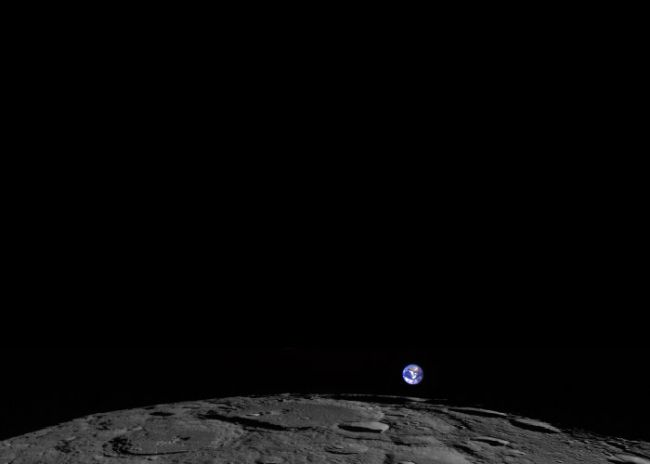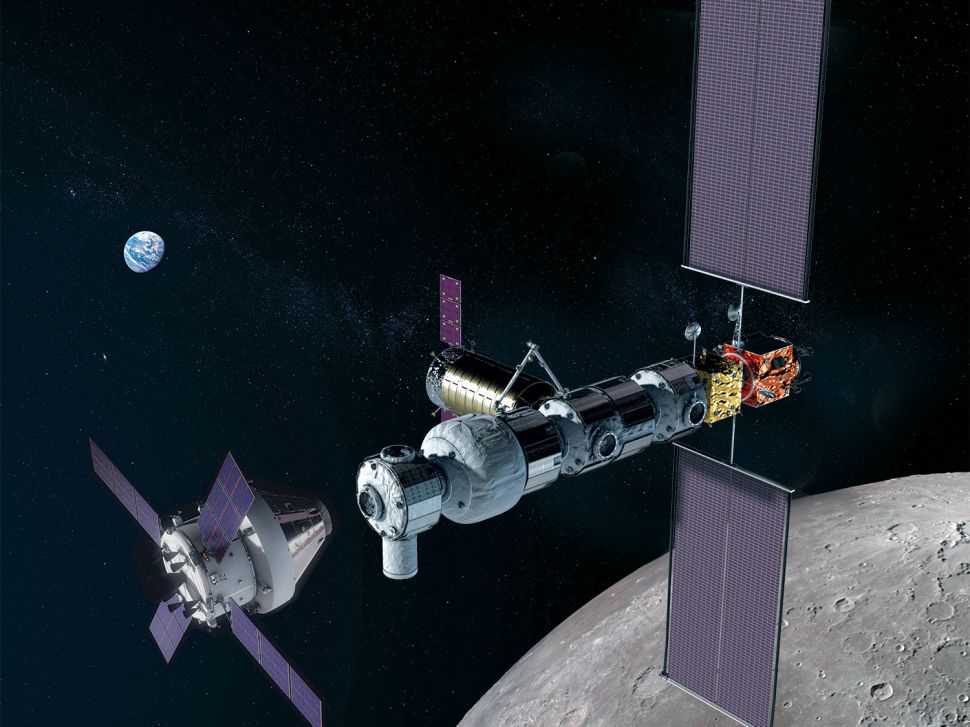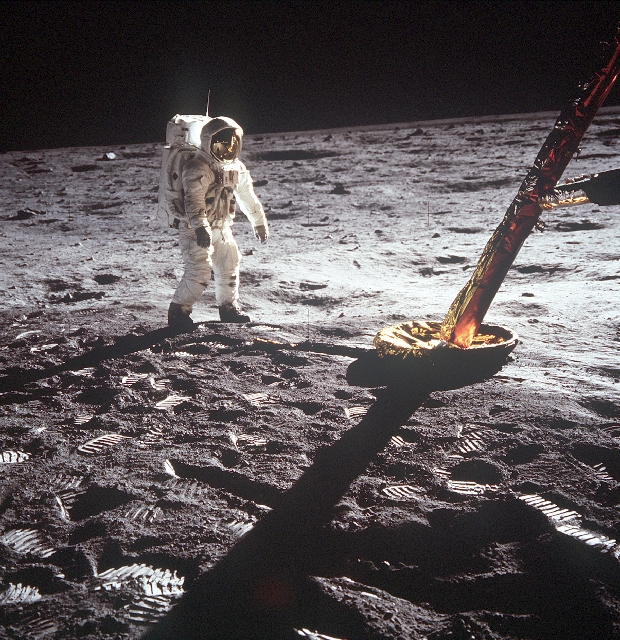50 Years After Apollo, Can NASA Return to the Moon by 2024?
Opinion varies about the achievability of a 2024 lunar return.

As the 50th anniversary of Apollo 11's lunar landing approaches, it's inevitable that the Artemis program comes to mind.
The objective of this endeavor, which is named after Apollo's sister in Greek mythology, is to return crewed missions to the moon. The moniker is recent, but NASA has been undertaking several activities to return humans to the moon that were set in motion before space agency chief Jim Bridenstine announced the Artemis name on May 14. These actions are part of Space Policy Directive 1 signed by President Donald Trump in December 2017, which tasked the space agency to return astronauts to the moon. In early 2019, Vice President Mike Pence moved up the target date from 2028 to 2024.
But just because NASA sent people to the moon decades ago doesn't mean a second program is a walk in the cosmic park, and opinion varies on whether the deadline can be achieved.
Related: In Photos: NASA's KSC Renovates Launch Pad 39B for Orion
- Relive the Apollo 11 Moon Landing Mission in Real Time
- Apollo 11 Moon Landing Giveaway with Simulation Curriculum & Celestron!
- Apollo 11 at 50: A Complete Guide to the Historic Moon Landing
"From a technical standpoint, absolutely! Our workforce welcomed the challenge to accelerate our human return to the Moon by 2024," Cheryl Warner, a spokesperson at NASA's Moon to Mars Public Affairs Office, wrote in a recent email to Space.com.
"Development of the Space Launch System rocket, Orion spacecraft and ground systems at Kennedy Space Center continue and we'll test these systems twice around the Moon before we send crew to the Gateway," Warner added. Gateway refers to NASA's concept of a moon-orbiting space station from which landers will depart to and return from the lunar surface. Warner added that the agency has already hired a contractor to build Gateway's power and propulsion element and is selecting one for a living space, the other piece that Gateway needs to support landing astronauts on the moon.

Public-private partnerships may be the way of the future. Apollo was driven by a public agency and supported by a handful of major companies, but there are more players in the modern space race.
Get the Space.com Newsletter
Breaking space news, the latest updates on rocket launches, skywatching events and more!
"The pie is getting a little bit bigger," Commercial Spaceflight Federation president Eric Stallmer told Space.com in 2018. "I see in the future, the contracts that historically went to the big three or the big four" — like Lockheed Martin, Boeing and Northrop Grumman — "are going elsewhere, and you're seeing smaller, more nimble companies entering the marketplace and competing for a lot of this work. So it won't be just your standard government contractors. I think it's a much larger pool that the government has to choose from," Stallmer said.
Related: How Will Private Space Travel Transform NASA's Next 60 Years?
Funding is also a major consideration. Trump has asked Congress to allot NASA an additional $1.6 billion in the 2020 fiscal year to jump-start Artemis' lunar return goal. "That's the funding we need this year to put us on track to achieve this bold goal," Warner said.
But the budget estimate that Bridenstine announced in mid-June, which puts the full Artemis price tag at $20 billion to $30 billion over the five-year program, seems low to some experts.

This cost seems "highly optimistic," Scott Hubbard, an adjunct professor in the aeronautics and astronautics department at Stanford University, wrote in a recent email to Space.com. "Unless the U.S. is willing to fund a crash program where cost is literally no object and [they] make Artemis a national security priority as Apollo was, I have serious doubts about landing humans on the Moon in 2024."
Commercial providers may help reduce costs, but Hubbard highlighted that some of their plans for certain elements, like lunar landers, are still just conceptual. Citing the Blue Moon lander concept from Amazon multibillionaire Jeff Bezos, Hubbard wrote, "There was not nearly enough detail for me to make an evaluation of whether Blue Origin could deliver or not."
In Hubbard's opinion, a return to the moon could happen with more time to develop the technology. "If one plans out a standard study, acquisition, development and test schedule to launch, a more likely date, assuming the extra funding is available, would be about 2028," he wrote.
Then, there's the issue of public support. President John F. Kennedy is lauded as a great orator, and presidential historian Douglas Brinkley credits the successful campaign for the Apollo program to his talent for public engagement. Artemis may not inspire a similarly talented spokesperson.
And space exploration may have some real competition for national and global priorities. Brinkley told Space.com in June that climate change could be the topic of the decade — an "Earthshot," he called it — and potentially complicate public support for the Artemis project.
- Will Apollo Nostalgia Help NASA Get Its Artemis Moon Money?
- Amazing Moon Photos from NASA's Lunar Reconnaissance Orbiter
- NASA Outlines Plan for 2024 Moon Landing
Follow Doris Elin Salazar on Twitter @salazar_elin. Follow us on Twitter @Spacedotcom and on Facebook.
Join our Space Forums to keep talking space on the latest missions, night sky and more! And if you have a news tip, correction or comment, let us know at: community@space.com.

Doris is a science journalist and Space.com contributor. She received a B.A. in Sociology and Communications at Fordham University in New York City. Her first work was published in collaboration with London Mining Network, where her love of science writing was born. Her passion for astronomy started as a kid when she helped her sister build a model solar system in the Bronx. She got her first shot at astronomy writing as a Space.com editorial intern and continues to write about all things cosmic for the website. Doris has also written about microscopic plant life for Scientific American’s website and about whale calls for their print magazine. She has also written about ancient humans for Inverse, with stories ranging from how to recreate Pompeii’s cuisine to how to map the Polynesian expansion through genomics. She currently shares her home with two rabbits. Follow her on twitter at @salazar_elin.









